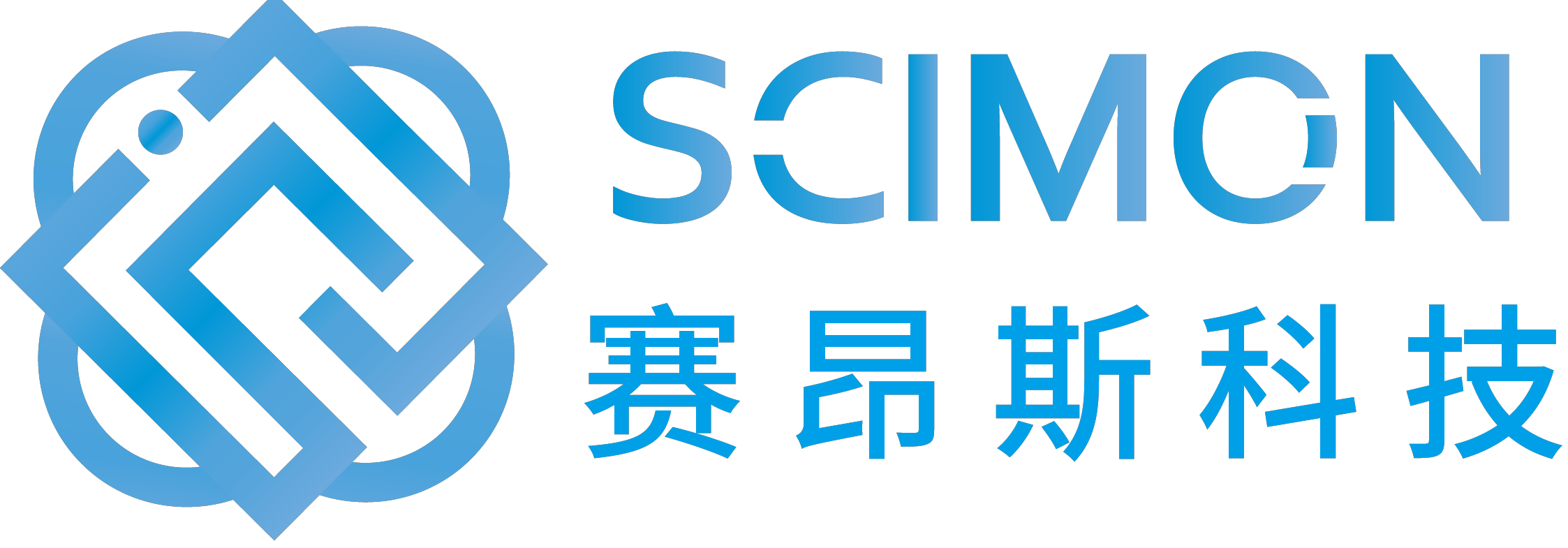Tunnel monitoring
1 Monitoring content
The main monitoring contents are as follows:
Гҳ and description of surrounding rock and support status
Гҳ subsidence
Гҳ Tunnel vault settlement
Гҳ Tunnel convergence monitoring
Гҳ Monitoring of inclination of nearby buildings
Гҳ Pore water pressure monitoring
Гҳ Supporting earth pressure monitoring
Гҳ Monitoring of vertical displacement of soil
Гҳ Monitoring of soil horizontal displacement
2 Monitoring programs
The schematic diagram of the monitoring plan is as follows: 
The specific monitoring plan is as follows:
|
Monitoring item |
sensor |
Measuring point layout |
|
Surface subsidence displacement of the shallow buried section of the tunnel |
level |
Opening section, shallow buried section |
|
Clearance Convergence Monitoring |
Laser rangefinder |
One section every 5-50m , 2-3 pairs of measuring points per section |
|
Vault subsidence monitoring |
Laser rangefinder |
One section every 5-50m , 2-3 pairs of measuring points per section |
|
Bolt axial force monitoring |
Rebar gauge |
1-2 sections per representative section, 5 anchors per section, 2 measuring points per anchor |
|
Contact pressure monitoring between surrounding rock and primary branch |
earth pressure box |
1 section per representative section, 5 measuring points per section |
|
Steel Support Stress Monitoring |
Surface strain gauge |
1 section per representative section, 5 measuring points of steel support internal force per section |
|
Initial lining stress monitoring |
Buried strain gauge |
1 section per representative lot , 5 measuring points per section |
|
Secondary lining stress monitoring |
Buried strain gauge |
1 section per representative lot , 5 measuring points per section |
|
Seepage pressure monitoring |
Pore pressure gauge |
1 section per representative lot , 5 measuring points per section |
3 system advantages
Гҳ 24 -hour real-time monitoring: Automatic online monitoring of bridge deformation, force, environment, etc., and real-time grasp of the safety status of the overall construction / operation of the bridge.
Гҳ -level early warning: When the data is abnormal, the system will trigger the corresponding three-level alarm mechanism, and notify users in the form of SMS, fax, broadcast, etc. at the first time.
Гҳ Emergency plan handling: directly extract the corresponding handling methods from the expert database, and take measures such as personnel intervention and road blockade in a timely manner to eliminate potential safety hazards in the bud.
Гҳ Research on structural damage mechanism: macroscopic analysis of structural damage mechanism, structural deformation and damage trend research, induction and deduction.
Гҳ reference basis: The storage of monitoring data provides an analogy basis for the design and construction of similar projects in the future.
Гҳ Formation of industry norms and standards: formulate a safety evaluation standard system suitable for structural health monitoring, and form industry standards and norms.
4 Monitoring basis
1) Project-related survey and design materials and bidding documents;
2) "Technical Regulations for Monitoring and Measurement of Railway Tunnels";
3) "Code for Design of Highway Tunnels" ( JTJ D70-2004 );
4) "Technical Specification for Highway Tunnel Construction" ( JTG F60-2009 );
5) "Technical Rules for Highway Tunnel Construction" ( JTG/T F60-2009 );
6) "Technical Specification for Bolt Shotcrete Support" ( GB 50086-2001 ) ;
7) "Urban Rail Transit Engineering Measurement Specification" ( GB50308-2008 );
8) "Technical Specifications for Urban Rail Transit Engineering Monitoring" ( GB 50911-2013 );
9) "Urban Measurement Specification" ( CJJ/T8-2011 );
10) "Engineering Measurement Specification" ( GB50026-2007 );
11) "National First- and Second-Class Leveling Specifications" ( GB/T12897-2006 );
12) "Detailed Rules for Safety and Quality Management of Construction Division";
13) The owner provides relevant engineering data of the tunnel;
14) Various technical standards and relevant laws and regulations issued by the state and the Ministry of Transport, such as current norms, regulations, inspection standards, etc.

